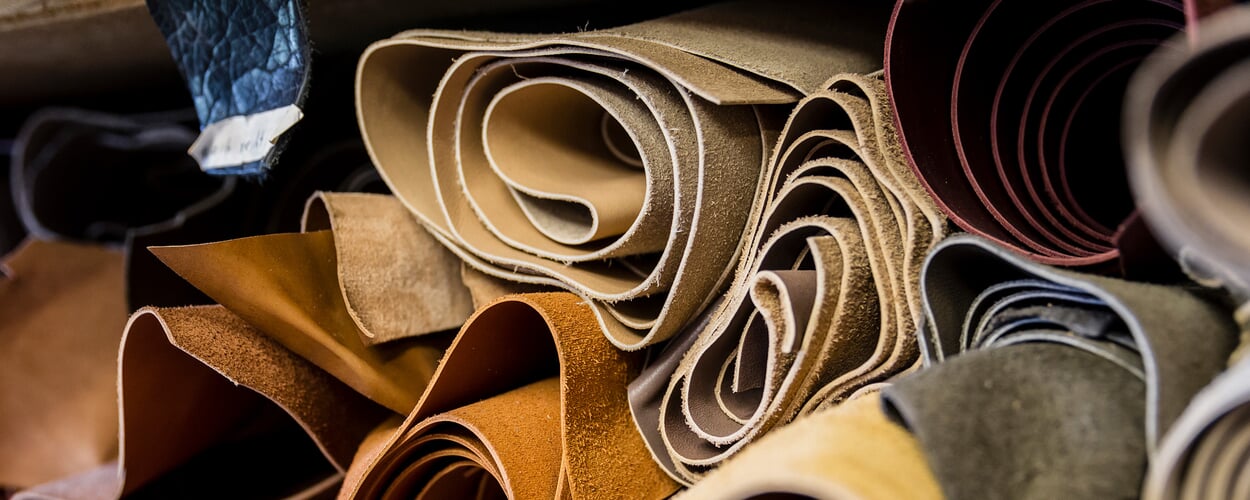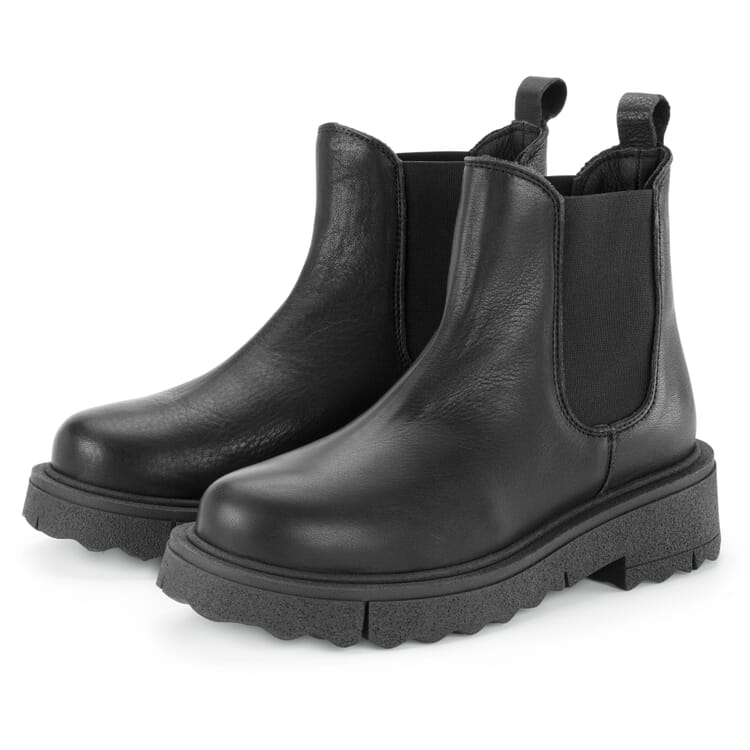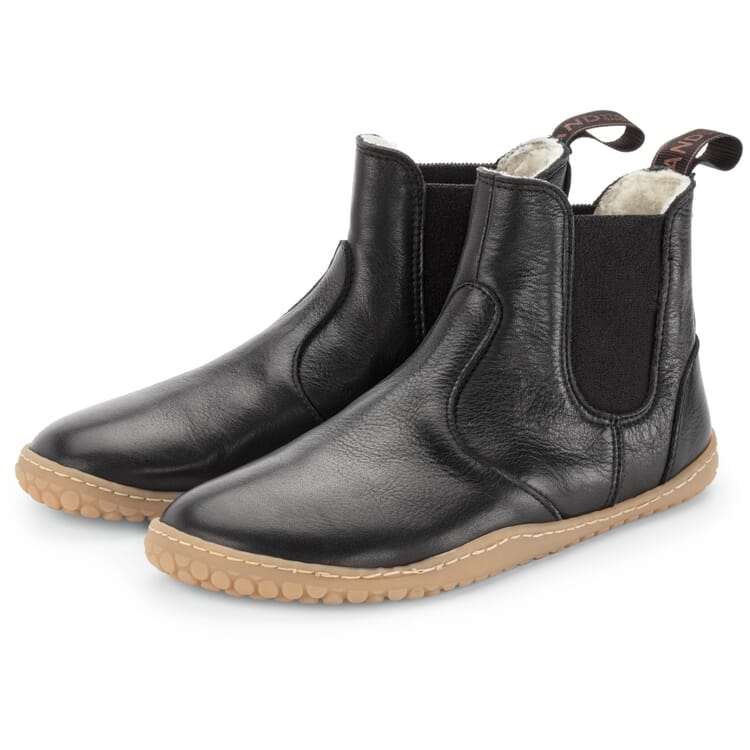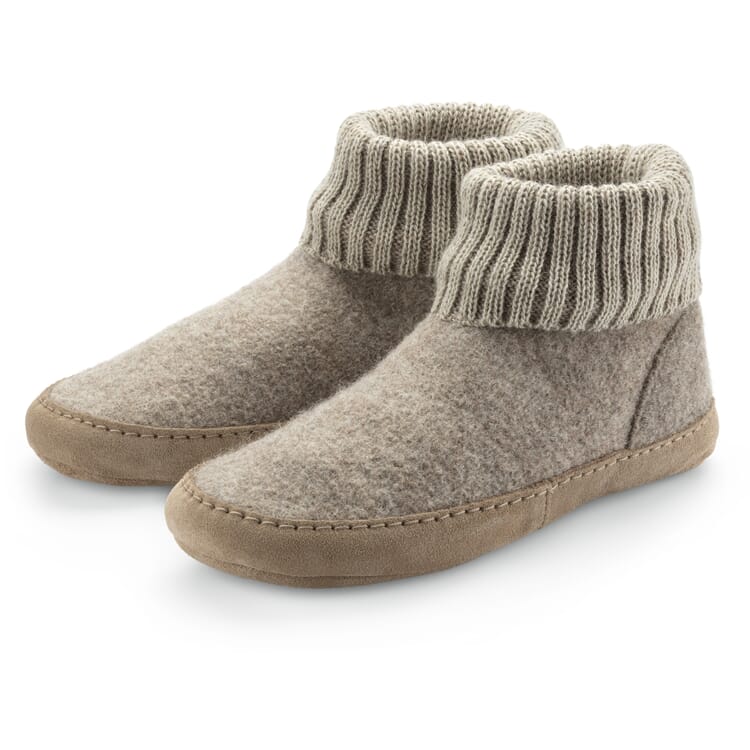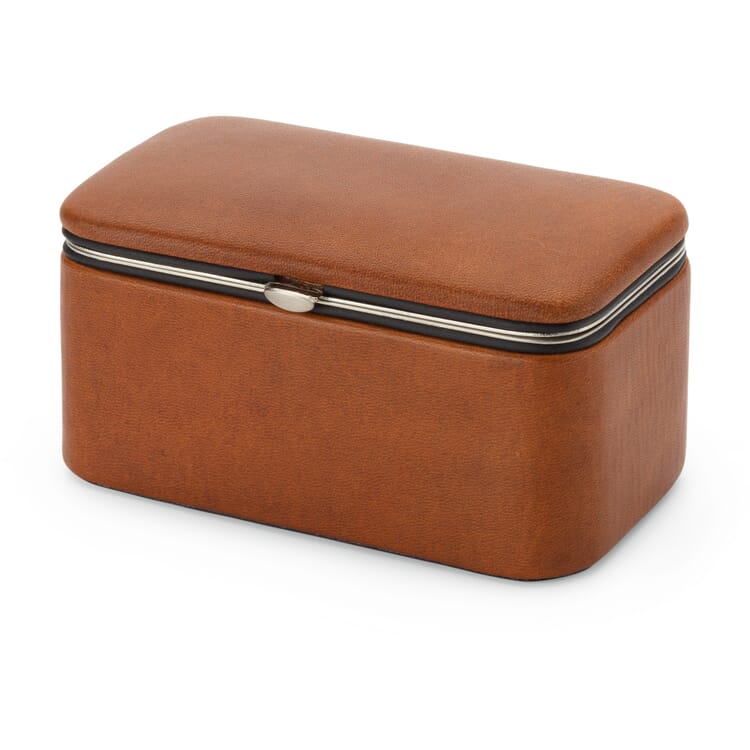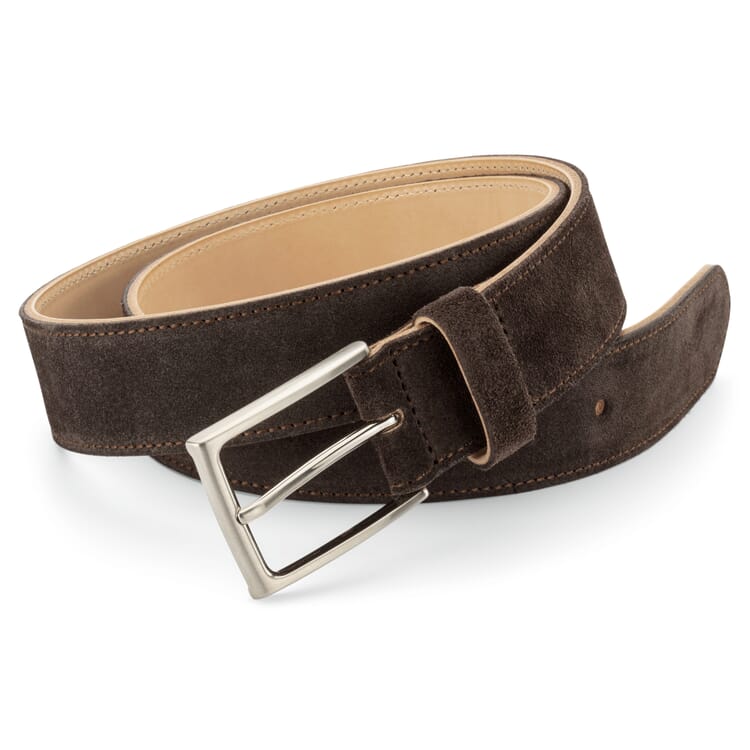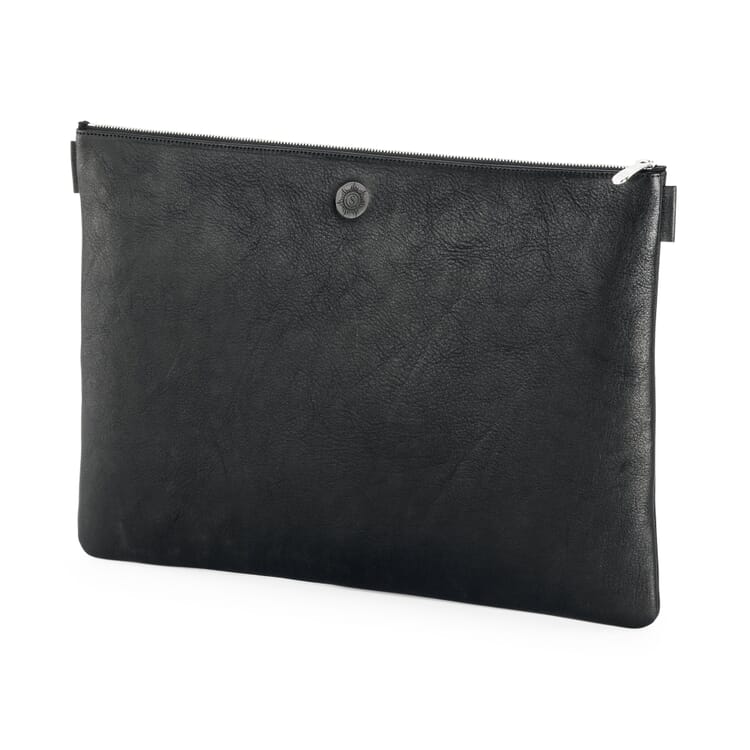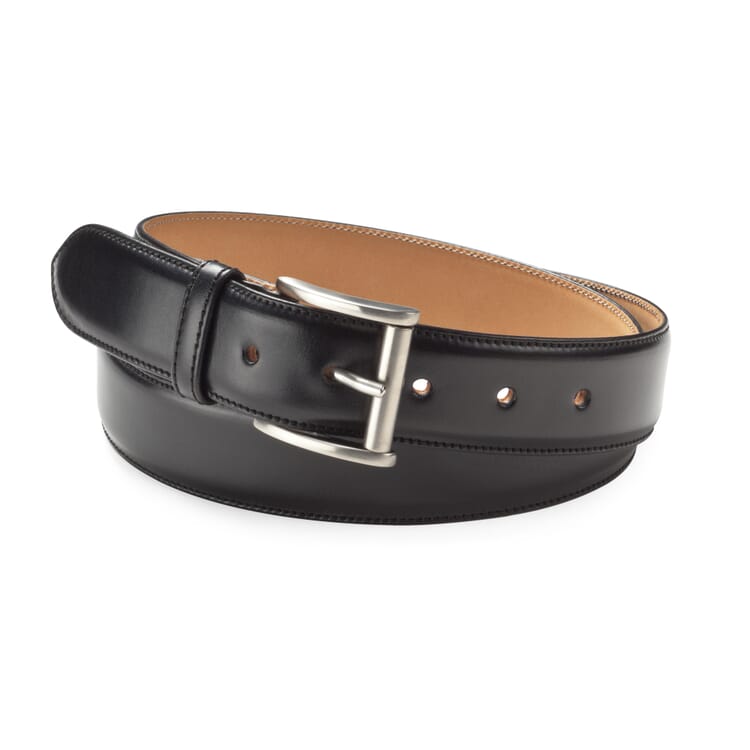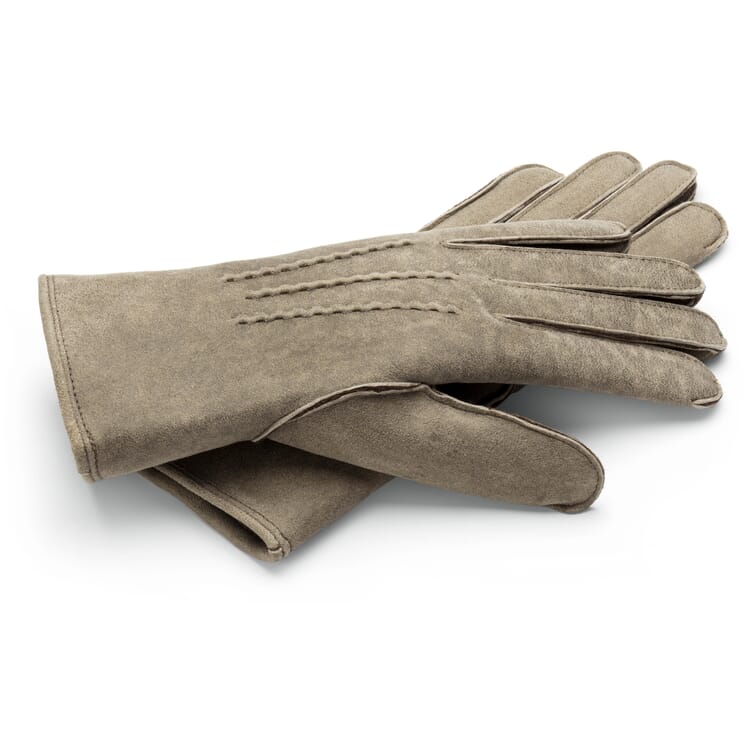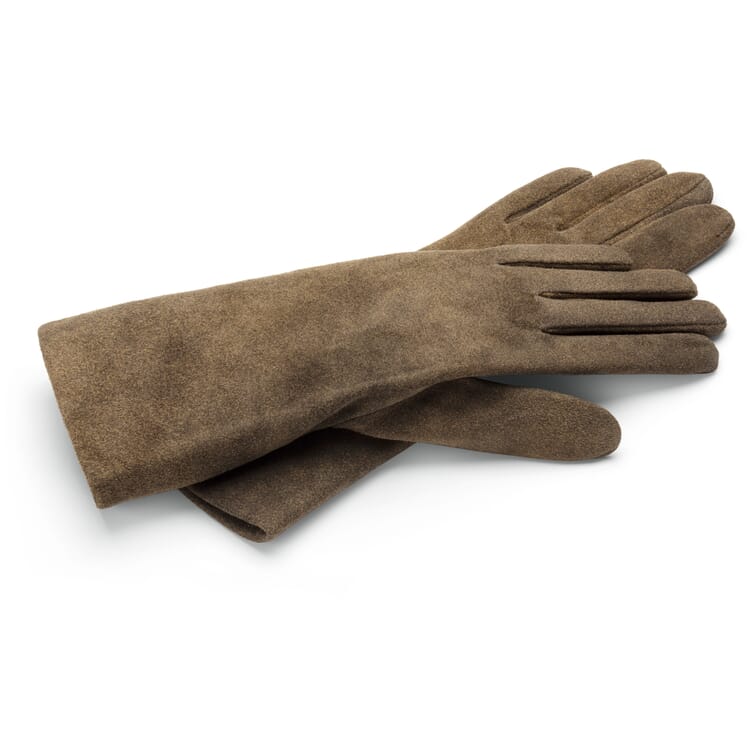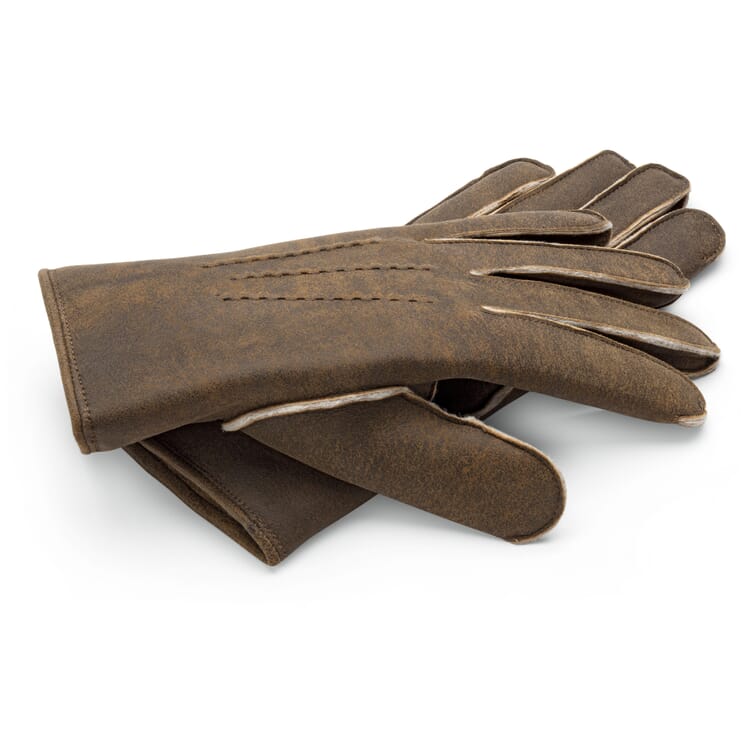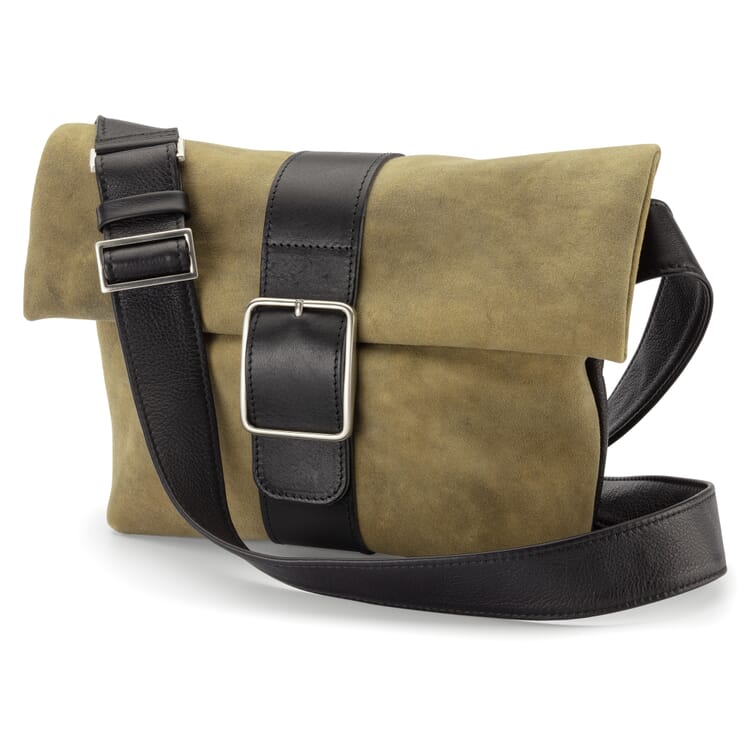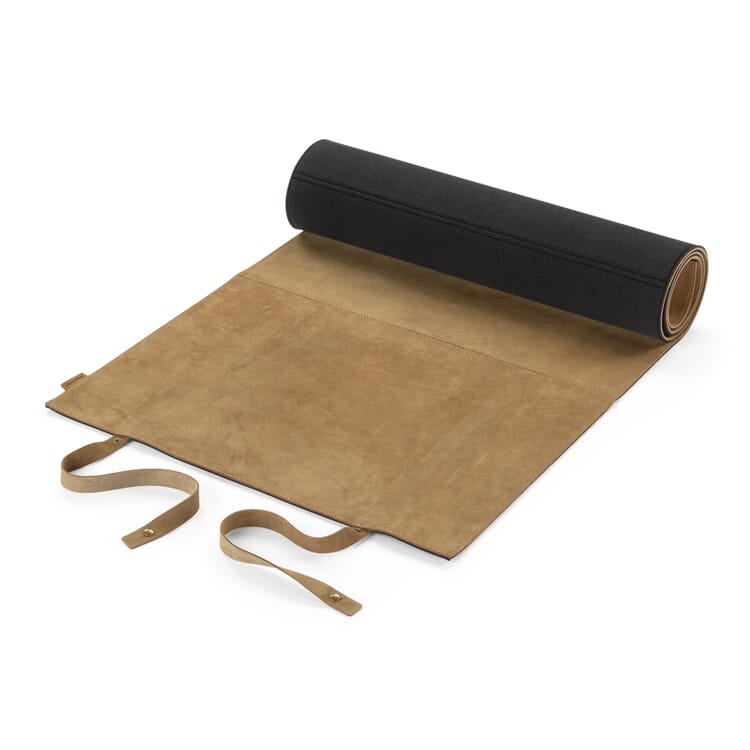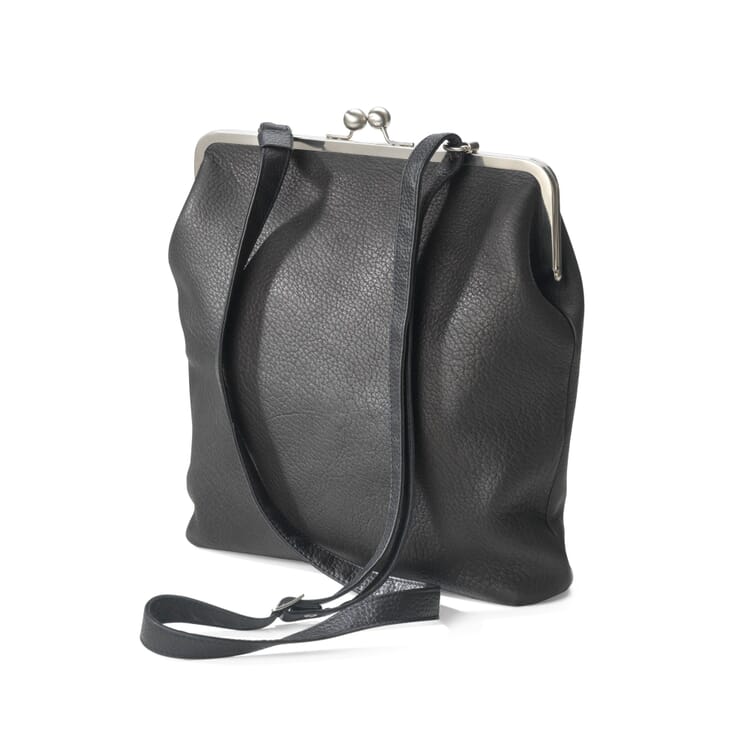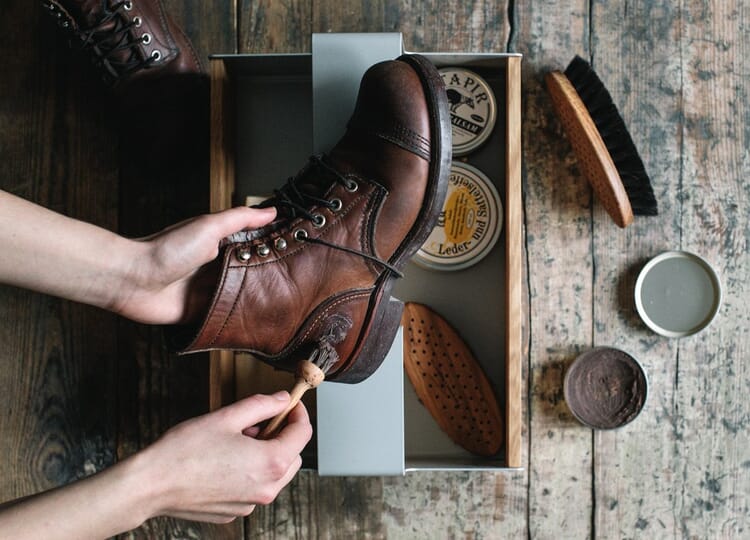Material
Tanning process
Tanning is the process by which animal hide acquires its resistance to water and decay. Protein fibers are converted into leather fibers in the process - a process that cannot be replicated synthetically. In addition to the nature of the raw material, the type of tanning determines the quality and properties of the leather end product: the strength, stretchability, water tolerance, hardness or suppleness of the leather are largely determined by the tanning process. Some of the tanning processes are as old as the hills; they can be divided into three basic groups according to the tanning agents used: vegetable tanning, seed tanning and mineral tanning.
Vegetable tanning
As archaeological findings show, vegetable tanning was already practiced 5,000 years ago. Tanning is done with tannins, which are produced by almost all plants to protect themselves against rot, mold and browsing by game. Tannins are found in bark, wood, roots, leaves and fruits. About 40 different tannins are known, obtained for example from oak or spruce bark, quebracho wood, mimosa bark, tara pods, rhubarb roots or sweet chestnuts. For the tanning process, the plant parts are dried, crushed and processed together with water to form the tanning broth. Vegetable-tanned leathers are produced in barrel tanning, pit tanning or old pit tanning, which - in this order and with increasing time expenditure - produce ever firmer and tougher leathers. The traditional vegetable tanning in the pit is also referred to as loom or red tanning. It is rather rare today and is used for heavy cattle hides. "Loh tanning" results in a very strong, durable and robust leather that acquires its patina during use. In vegetable tanning we follow this terminology: - Vegetable tanned in rotating tanning barrels and therefore relatively soft leathers with a comparatively short tanning time we call vegetable tanned.
- Leather tanned in the special form of vegetable tanning in the so-called color aisle (a system of six to twelve pits filled with tanning broth) is called pit tanned. - Leather tanned for many months in the pit is called old pit tanned.
Vegetable tanned products
Pit tanned products
wet-green® has developed a comprehensively ecological tanning process. The basis is one of the oldest useful plants: the olive tree. Its leaves contain bitter substances that protect it against pests and rot and are also suitable as a tanning agent. For its extraction, only the olive leaves are used, which anyway accumulate during the annual pruning of the tree and would otherwise be burned. From this, the syrupy tannin is produced under food conditions, which could even be tasted if it were not so bitter. Leather tanned with olive leaf extract is very well tolerated by the skin and is absolutely harmless to humans and the environment throughout the entire product cycle. Olive leaf tanning can produce leathers with a wide variety of characteristics: From strong saddle leather to supple garment leather, everything is possible depending on the finishing and finish.
Seeded and old seeded tanning
The chamois tanning - according to traditions already practiced in the 6th millennium B.C. - works with fat and grains and is mainly applied to deer, roe deer, sheep and goat skins. It is one of those ancient processes of tanning that produce unrivaled beautiful and durable leathers. The transformation of the protein fibers of the hide into leather fibers is based on the oxidation of animal fats and cranes, which are incorporated between the fibers. Chamois tanned deerskin is soft, warm, almost woolly to the touch and temperature balancing. The supreme discipline is the old-fashioned chamois tanning with cod liver oil, which Kolesch in Biberach is the last company in Germany to maintain. In a process that takes a whole year, an almost textile-like clothing leather is produced of a quality that cannot be achieved with other tanning methods.
Seed tanned products
Mineral tanning
Mineral tanning includes alum or white tanning, which is one of the oldest tanning processes, and chrome tanning, which was only introduced in the 19th century - Alum or white tanning uses alum stone. It results in a light-colored leather of great softness. French white or glacé tanning with alum, salt, egg yolk, wheat flour, fats and water was traditionally done in the past, especially for gloves made of kid leather (young goat leather). Alum tanning has been largely superseded by chrome tanning and is still used today mainly for small animal skins - Chrome tanning works in Europe with trivalent chrome salts and has the advantage of very short tanning times. The result is an easy to work with, very supple, soft, cloth-like leather, which is popular today.
Mineral tanned products
Combined tanning processes
In addition to the tanning processes mentioned, there are a number of modernized and combined variants of vegetable, seed and mineral tanning in which the tanning times are significantly reduced by mechanical and chemical means. For example, leathers can be synthetically pre-tanned and vegetable retanned, or vegetable tanning is combined with chrome tanning.
Recommended Topics
How much care a leather needs depends on various factors - for example, the particular leather goods and leather type, the use and wearing habits and also significantly on the quality of the leather. For high-quality leather jackets, for example, frequent wearing is the best care. This is because the leather is continuously tumbled and kept supple by the movement.
View moreHorsehide - the term "horsehide" is also commonly used - can be made from the hides of various horse species. Since horses are rarely used for agricultural purposes today, it belongs to the rare and luxurious types of leather. Depending on which leather goods are produced, different areas of the hide come into question.
View moreCowhide is very strong, which is why it can be split into several layers and used in a variety of ways. Thin and light layers are more supple and are therefore preferred for the production of clothing.
View more
